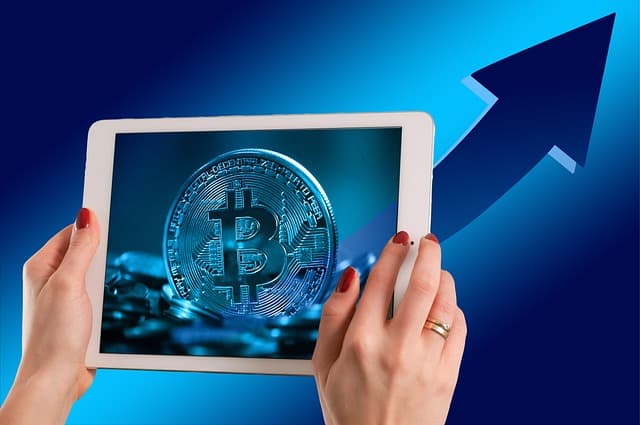After studying the basic components and history of the technology, it is time to finally dispel the myth associated with the word “blockchain”. Let’s look at a simple example of digital currency exchange and how blockchain technology works without computers.
Suppose we have a group of 10 people who want to be able to exchange currency outside of the banking system. Let’s consider sequentially the actions performed by the participants in the system, where the blockchain will be represented by ordinary sheets of paper:
- Empty box
Each of the participants has a box in which he will add sheets with information about all transactions made in the system.
- Transaction moment
Each participant sits with a piece of paper and a pen and is ready to record all the transactions that will be made.
At some point, participant №2 wants to send 100 dolars to participant №9.
To make the transaction, participant №2 announces to everyone, “I want to give 100 dolars to №9, so make a note of it on your sheet of paper.”
Everyone then checks to see if participant №2 has a sufficient balance to make the transaction. If so, everyone makes a note of the transaction on their sheets.
The transaction is then considered complete.
- Execution of transactions
Over time, other participants also have a need to perform exchange transactions. Participants continue to announce and record each of the transactions that have taken place. In our example, 10 transactions can be recorded on one sheet, after which the completed sheet must be put aside in a box and a new one taken.
- Adding a sheet to the box
The fact of placing a sheet in the box means that all participants agree with the validity of all transactions and that the sheet cannot be changed in the future. This is what ensures the honesty of all transactions between participants who do not trust each other.
The last stage is a general case of the Byzantine Generals problem. In the conditions of interaction of remote participants, some of which may be malicious, it is necessary to find a winning strategy for all. The process of solving this problem can be viewed through the prism of adversarial models.
Adversarial models
Adversarial models refer to the situation of finding among the participants a malicious group that would like to exploit the vulnerability of double spending (debiting two accounts and then canceling the honest transaction). The following categories of models can be distinguished:
- Threshold models. Stable network operation requires the number of attackers to be less than some value (half or one-third of all participants).
- Computational threshold models. Developed by Satoshi Nakamoto, a model for using the computing power of participants to select the correct block. In relation to blockchain, such systems are based on the Proof-of-Work principle. These include Bitcoin, Ethereum and others.
- Fractional Threshold Model. An amalgamation of the previous ideas, where computer computations are replaced by some object of value. For example, the cryptocurrency itself serves as an object of collateral, which the participant uses to confirm the validity of the blockchain. The next generation of blockchain uses this method called Proof-of-Stake. A prominent representative of such a model is NEO.
The chosen adversarial blockchain model determines the method of getting rewarded for creating a new block. We have already discussed that a blockchain is a distributed database consisting of blocks. The difficulty of adding new blocks is determined by the adversarial model:
- The proof-of-work model utilizes the processing power of the devices of the network participants. The group of devices of the first to create a new block is rewarded in the form of cryptocurrency (this is mining).
- The proof-of-ownership model involves using users’ assets as collateral to prove the integrity of all transactions in the new block. All participants are rewarded in an amount proportional to the pledged assets.
Broadly speaking, a key feature of blockchain is the elimination of the human factor – the responsibility for the validity of transactions falls on the shoulders of math and computers, which are much more reliable.



